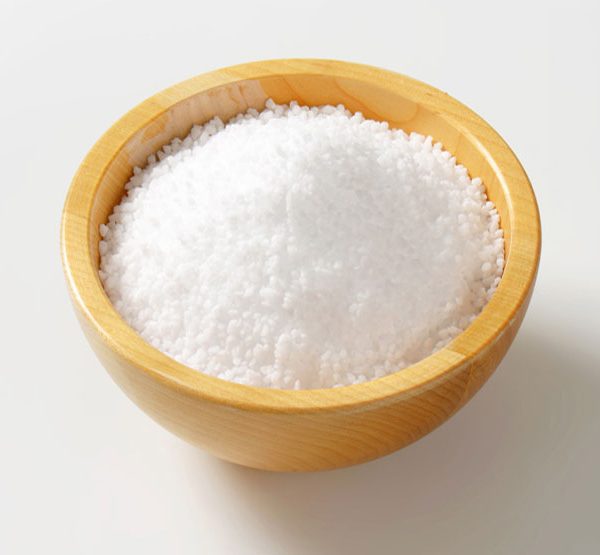Food applications
STPP is a preservative for seafood, meats, poultry, and animal feeds. It is common in food production as E number E451. In foods, STPP is used as an emulsifier and to retain moisture. Many governments regulate the quantities allowed in foods, as it can substantially increase the sale weight of seafood in particular. The United States Food and Drug Administration lists STPP as “generally recognized as safe.”[citation needed]
Other uses
Other uses (hundreds of thousands of tons/year) include ceramics (decrease the viscosity of glazes up to a certain limit), leather tanning (as masking agent and synthetic tanning agent – SYNTAN), anticaking agents, setting retarders, flame retardants, paper, anticorrosion pigments, textiles, rubber manufacture, fermentation, antifreeze.” TPP is used as a polyanion crosslinker in polysaccharide based drug delivery. toothpaste
















Reviews
There are no reviews yet.